Milanese Cuirass XV Century
The armorers and blacksmiths of the XV century were constantly searching for a more natural way to lay steel plates of armor over one another. The question was how to combine high safety properties, articulation, and of course, a stylish look. The answer “came” from crustaceans. The steel plates of the cuirass overlap each other in the same manner as the body segments of a crawfish. In Germany this type of body armor was called “Krebs” (crawfish).
The shape of the breastplate, its side-view outline and protuberance are important points. Examining these aspects, a specialist can say when and where a cuirass was made. The typical Milanese cuirass includes the following elements: a breastplate and backplate, a plackart, a skirt called a culet or great brayette, tassettes and a lance-rest.
Some cuirasses were also equipped with a rump-guard. This is the back lame of the skirt that protects the sacrum. By approximately 1450 tassettes often had half-round cuts on the center of the lower edge. Over time these cuts became smaller and the tassettes longer and mostly conically shaped. The triangular shape of tassettes remained without changes from about 1450 to the beginning of the XVI century. There are also models of Milanese cuirasses that have additional small tassettes on both sides.
Our Milanese Cuirass is inspired by the armour of Count Galeazzo d’Arco Milano. Dated 1450 and preserved in Churburg Castle (Austria). The original cuirass was made by the well-known Italian armorer Tommaso Negroni Missaglia.
The breastplate and backplate are made of one piece of steel sheet. There are rolled edges at the arm holes and around the neck. The cuirass is equipped with a pair of tassettes. The front and back sides of the cuirass are connected with the help of hinges on the left side. On the right-side, the sections are connected to one another by leather straps with buckles. Both the breastplate and backplate are joined with the plackart via one leather strap with a buckle. The skirt consists of three rows of lames which are connected by leather bands. Each lame overlaps the next. This flexible joining increases the mobility of the armor and thus its wearer. You can freely sit, run, or kick your adversaries. The lames on the skirt have little bowshaft lines pointed to the center.
Our Milanese Cuirass is historically accurate armor and is a great choice for use in HMB, IMCF, WMFC, and SCA armored combat, as well as in historical reenactment. This body harness can be crafted from tempered steel, stainless steel or titanium. It makes an excellent set with Full Plate Arms and Milanese Legharness.
Please note that measurements should be with padding/gambeson.
Be the first to review “Milanese Cuirass XV Century”
You must be logged in to post a review.


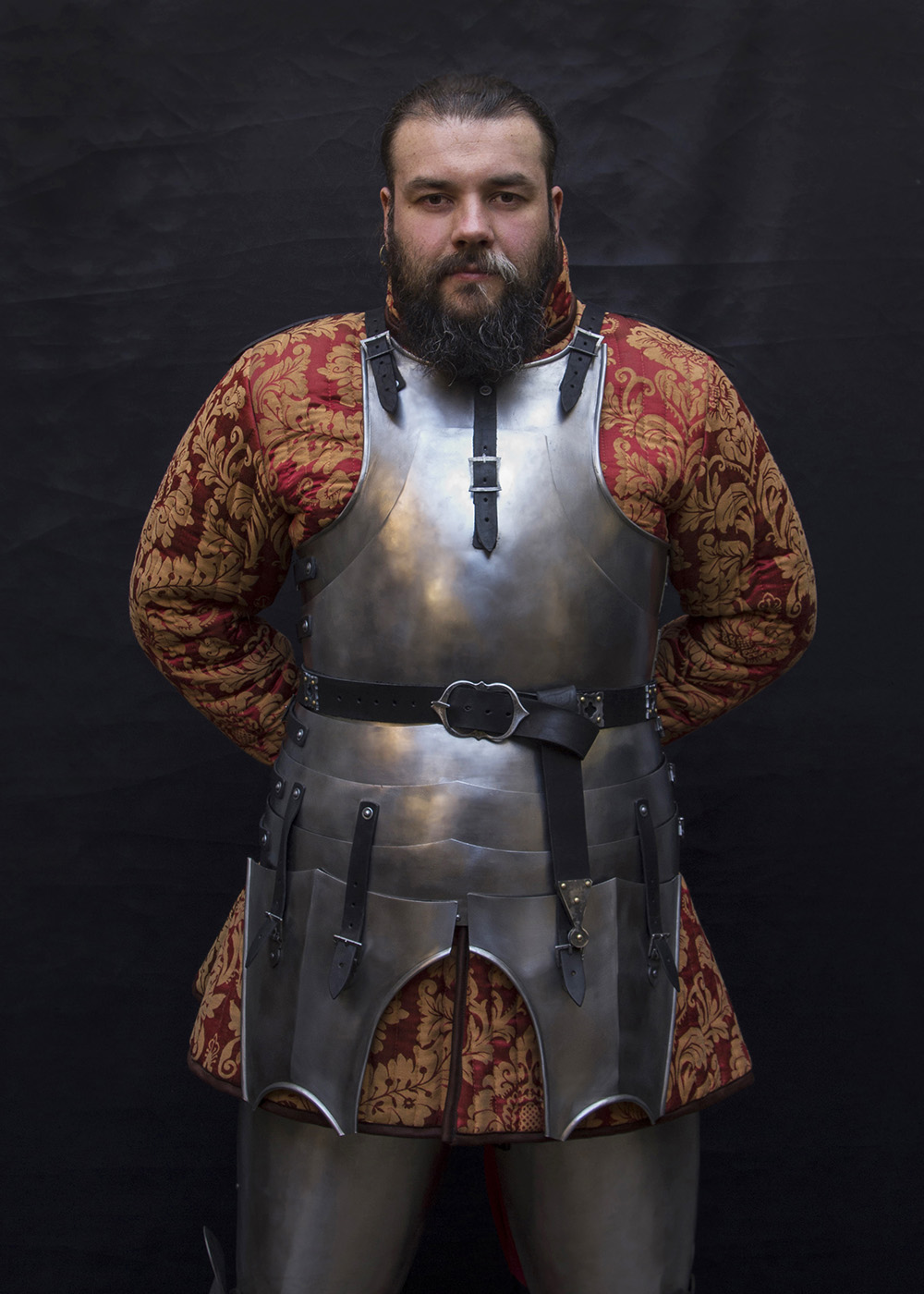
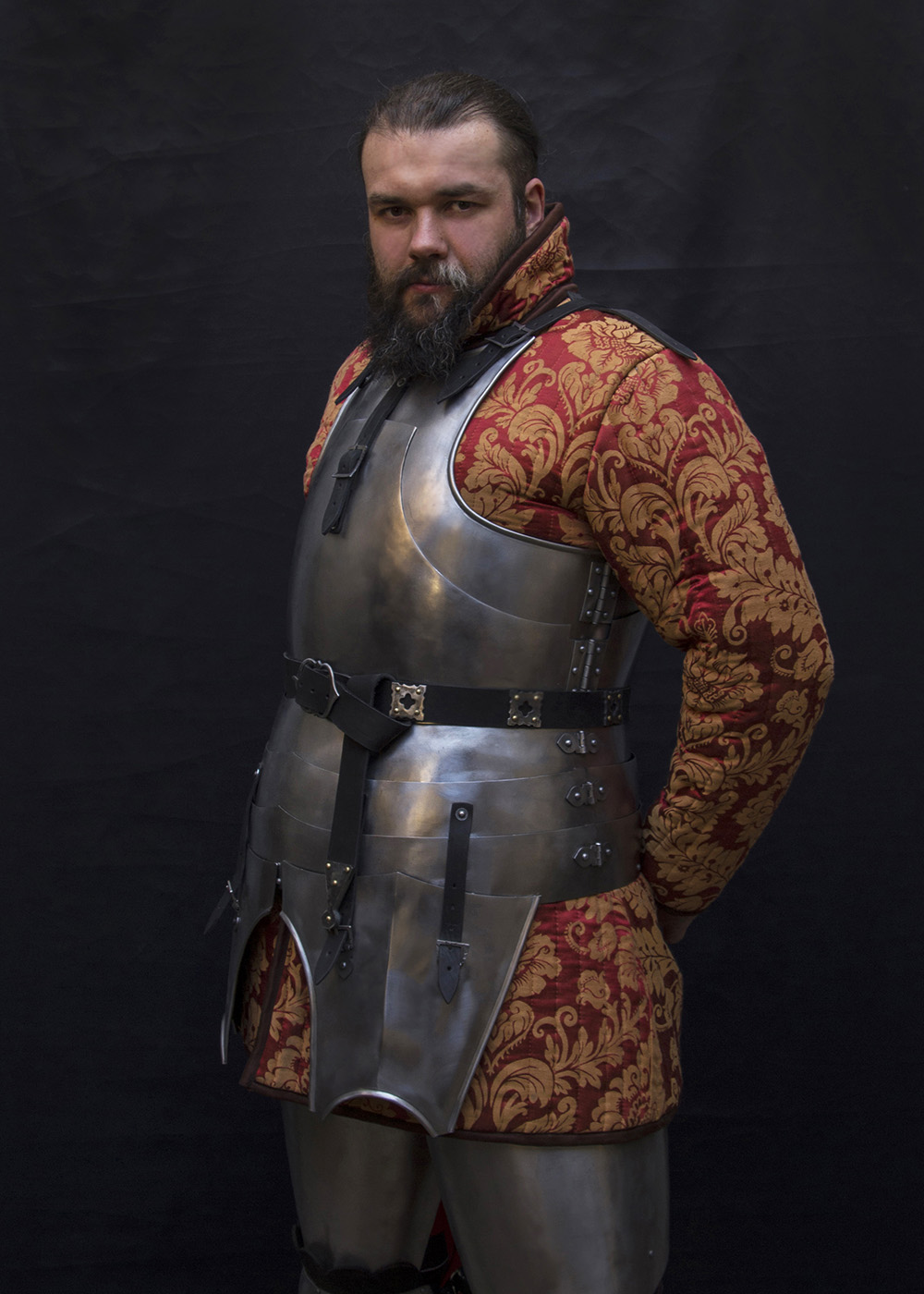

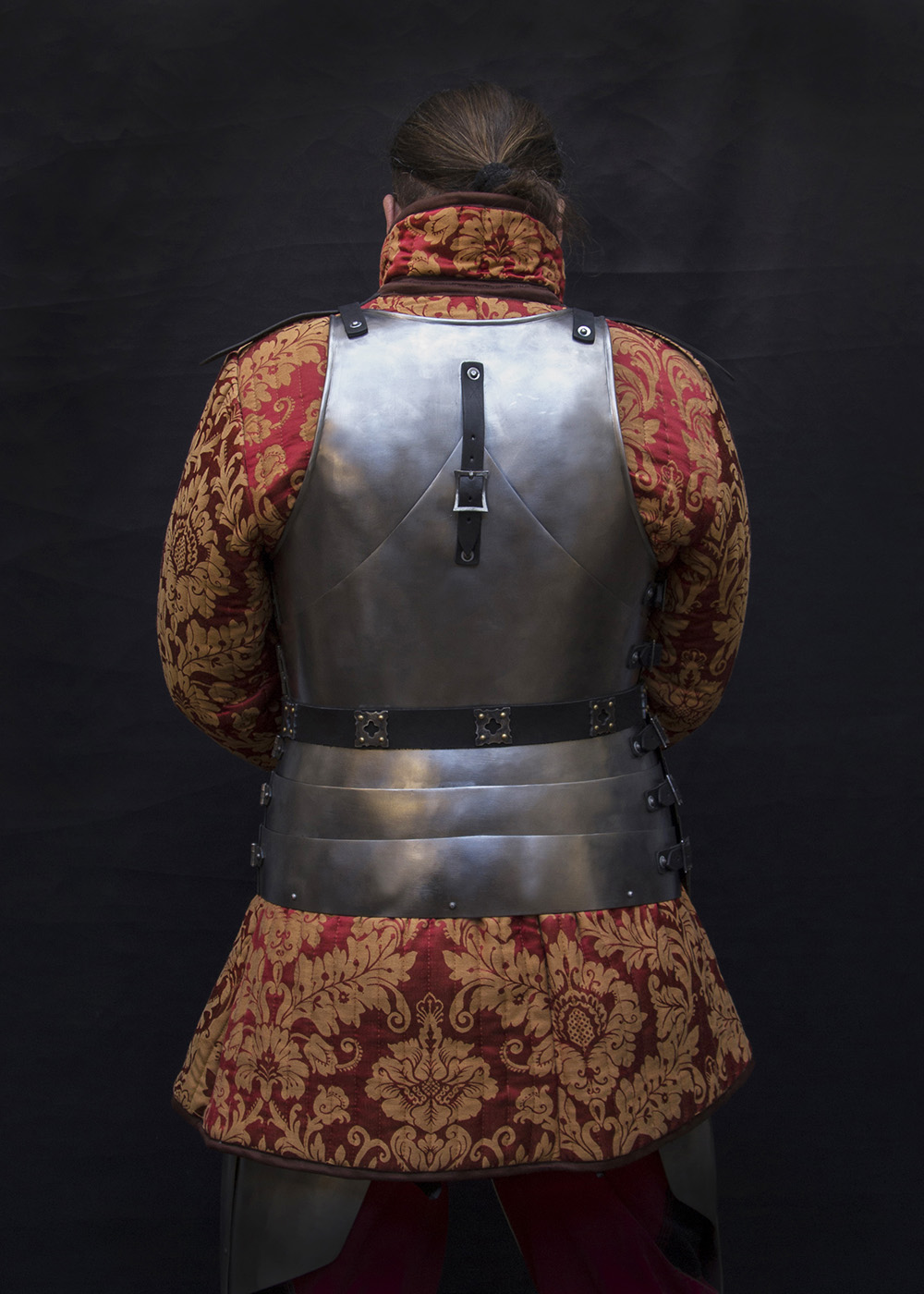
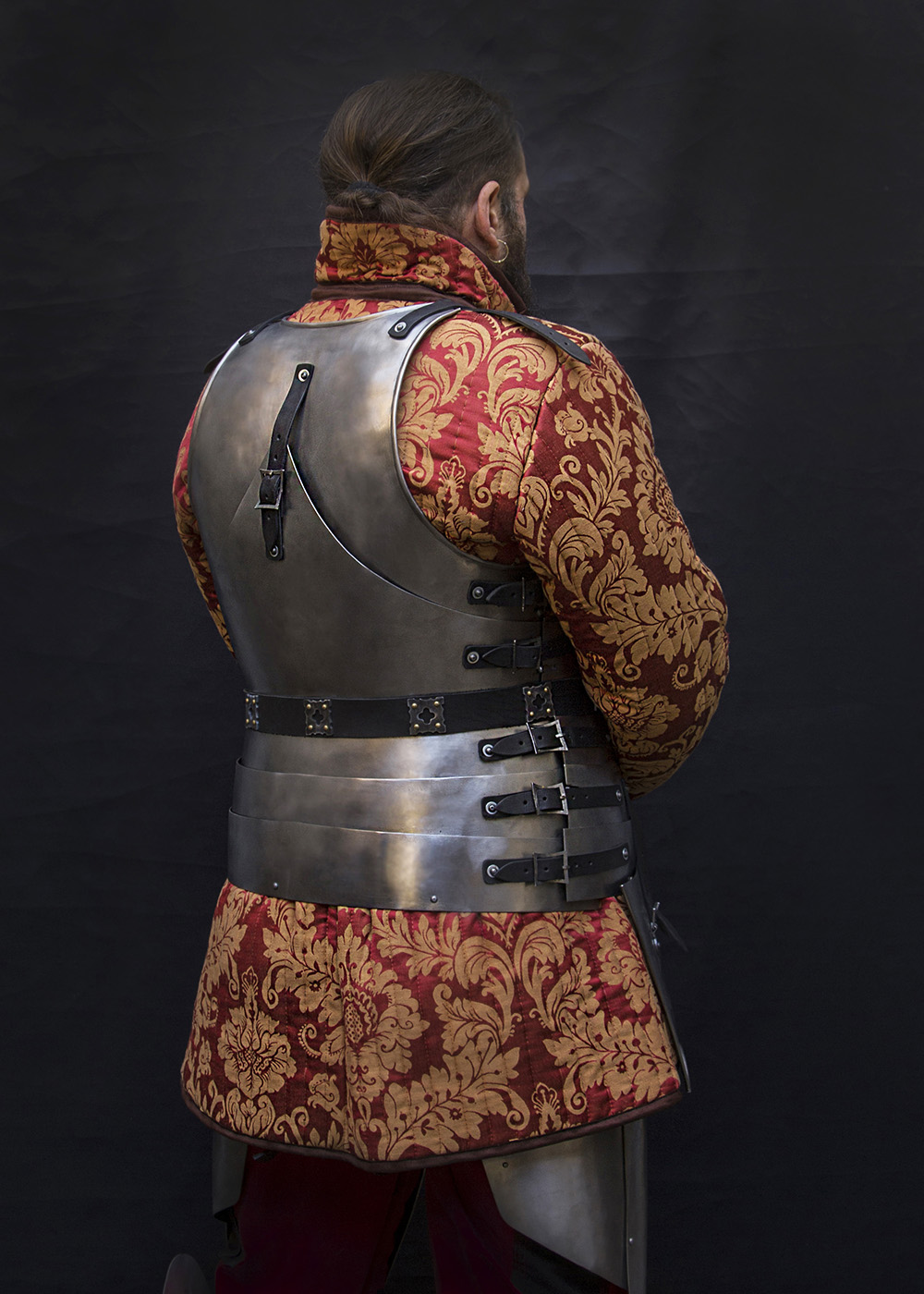
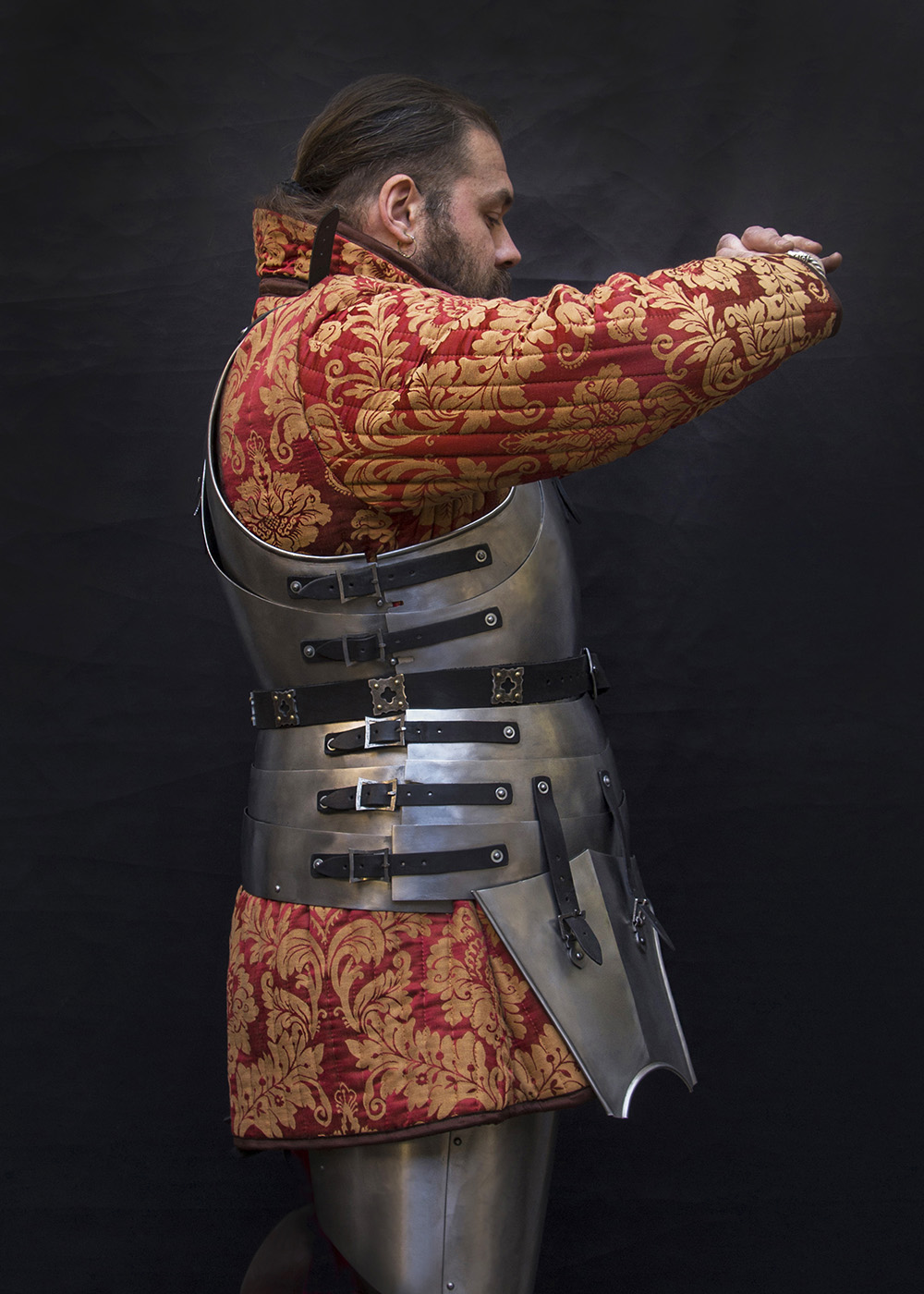
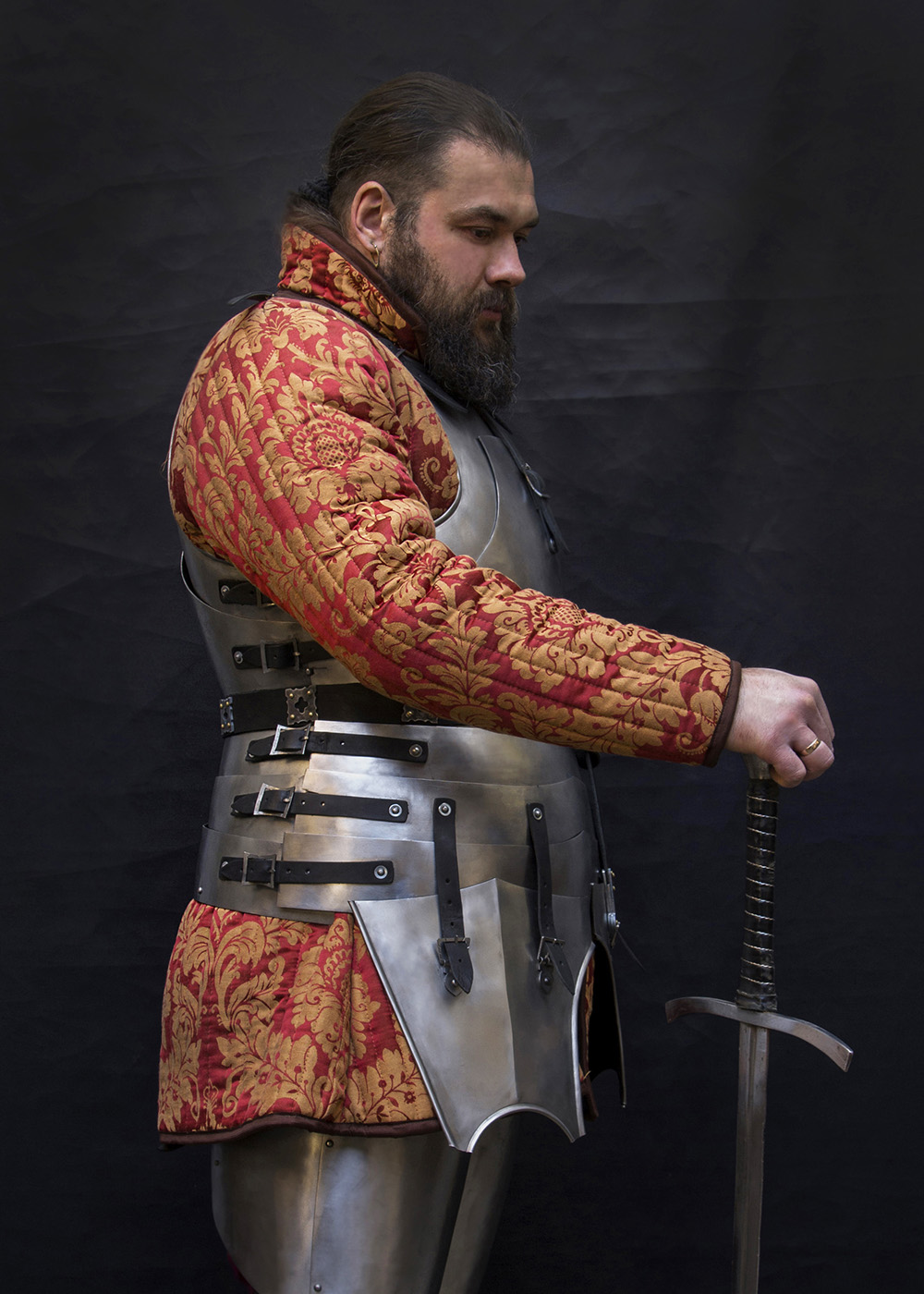
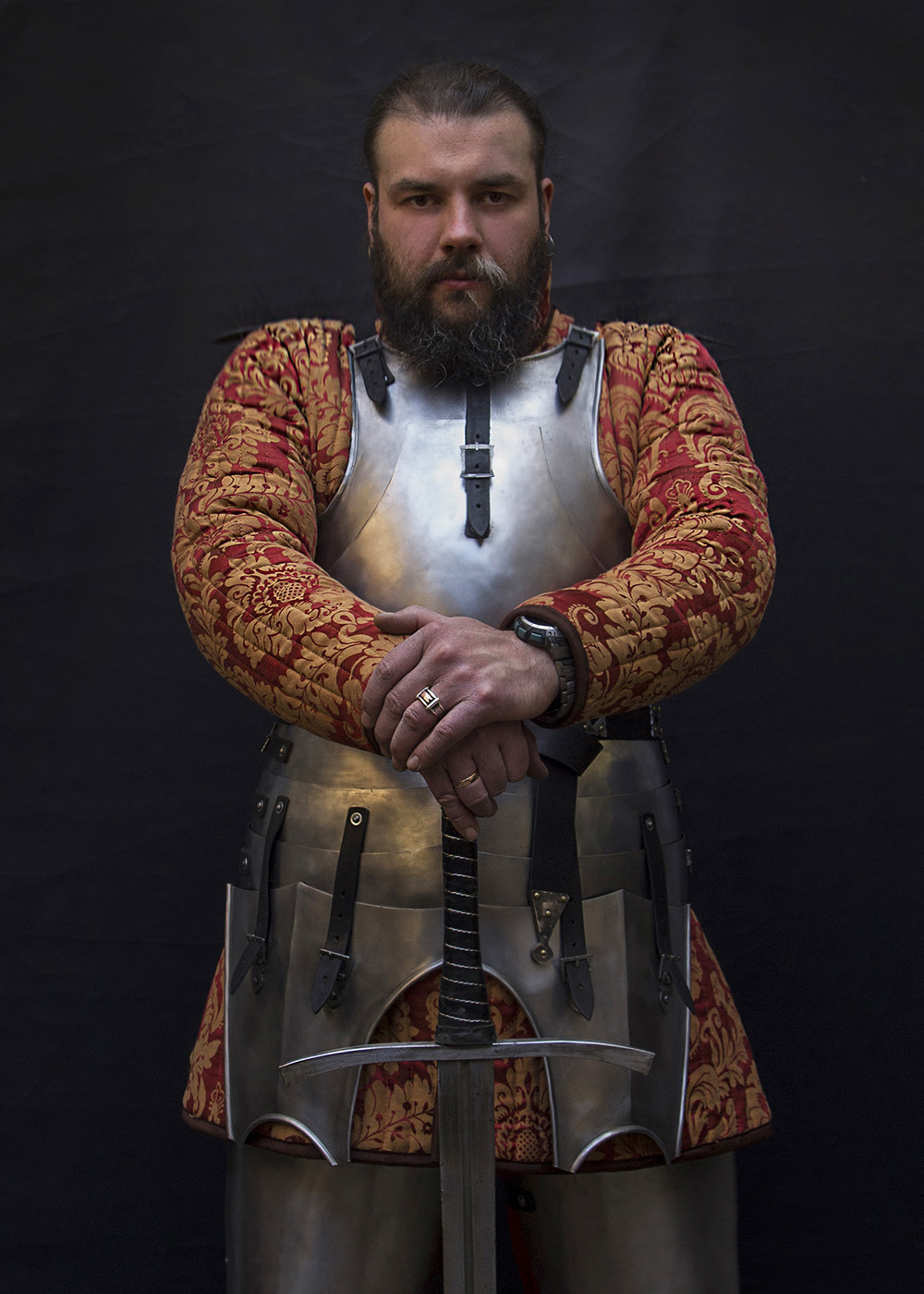
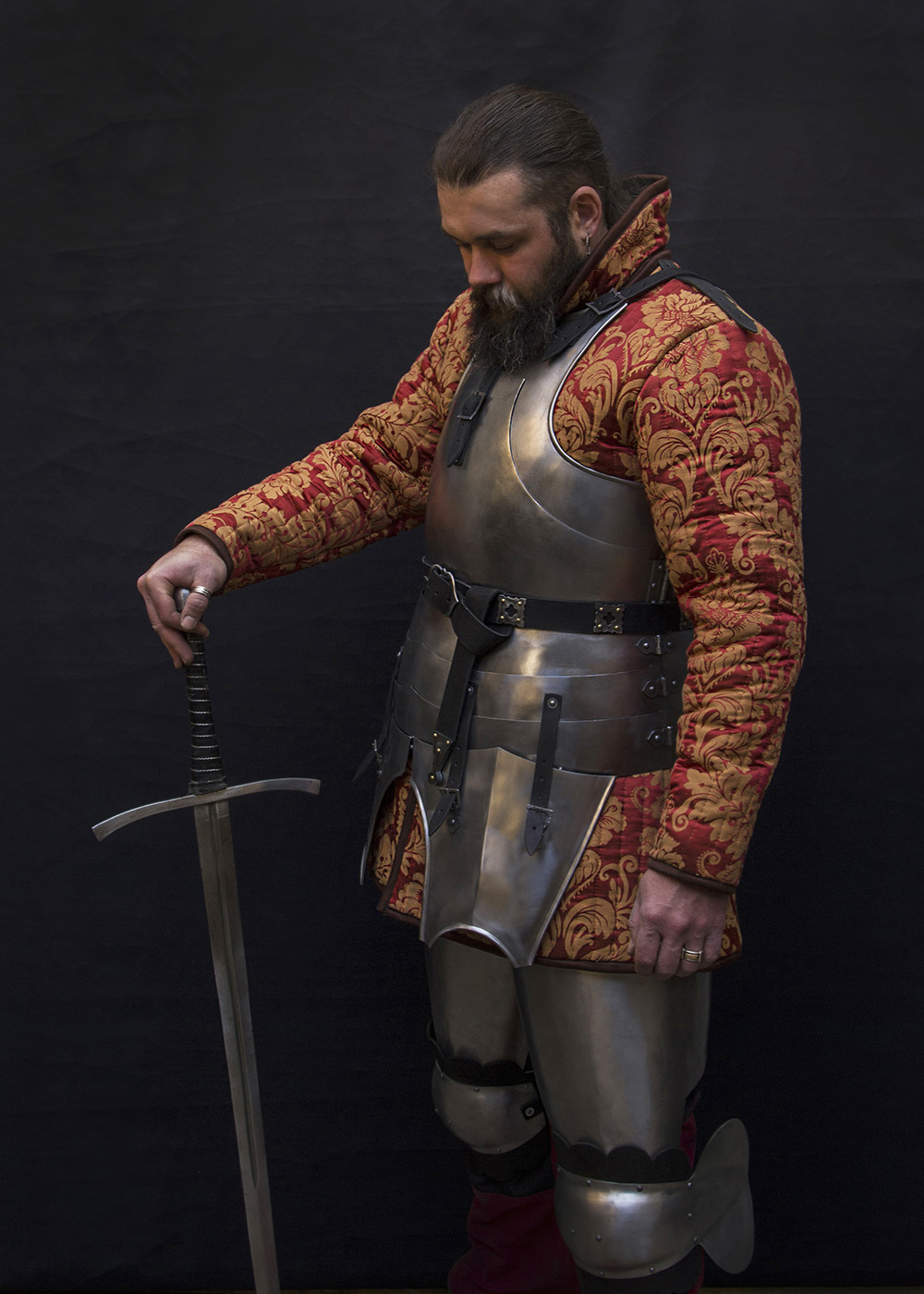
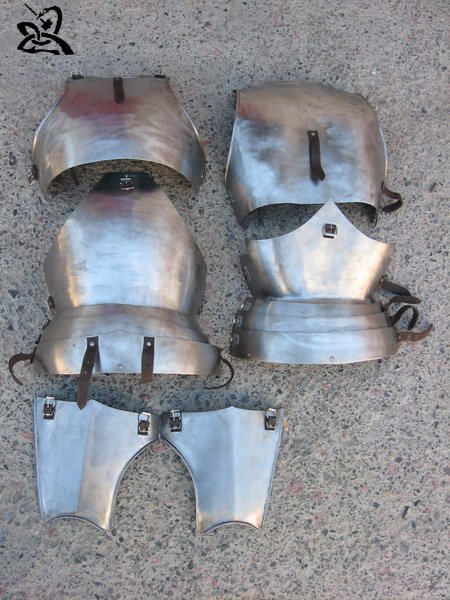




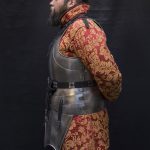
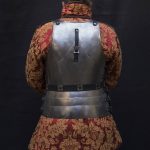
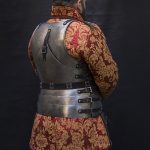
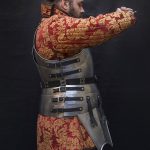


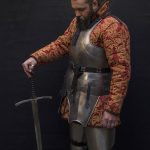
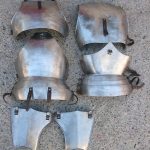
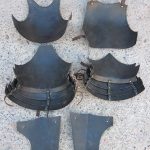
 Shop
Shop
Reviews
There are no reviews yet.